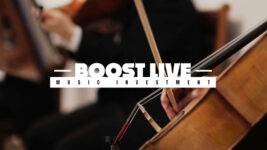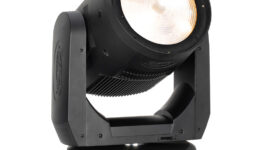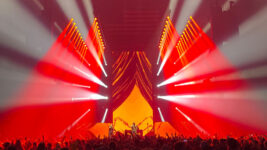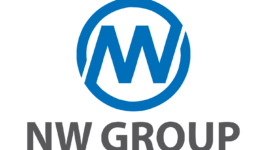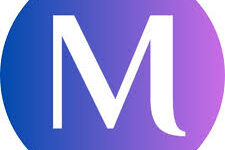News
24 Apr 2024
The Gaffa Tapes: The Mighty Whitey
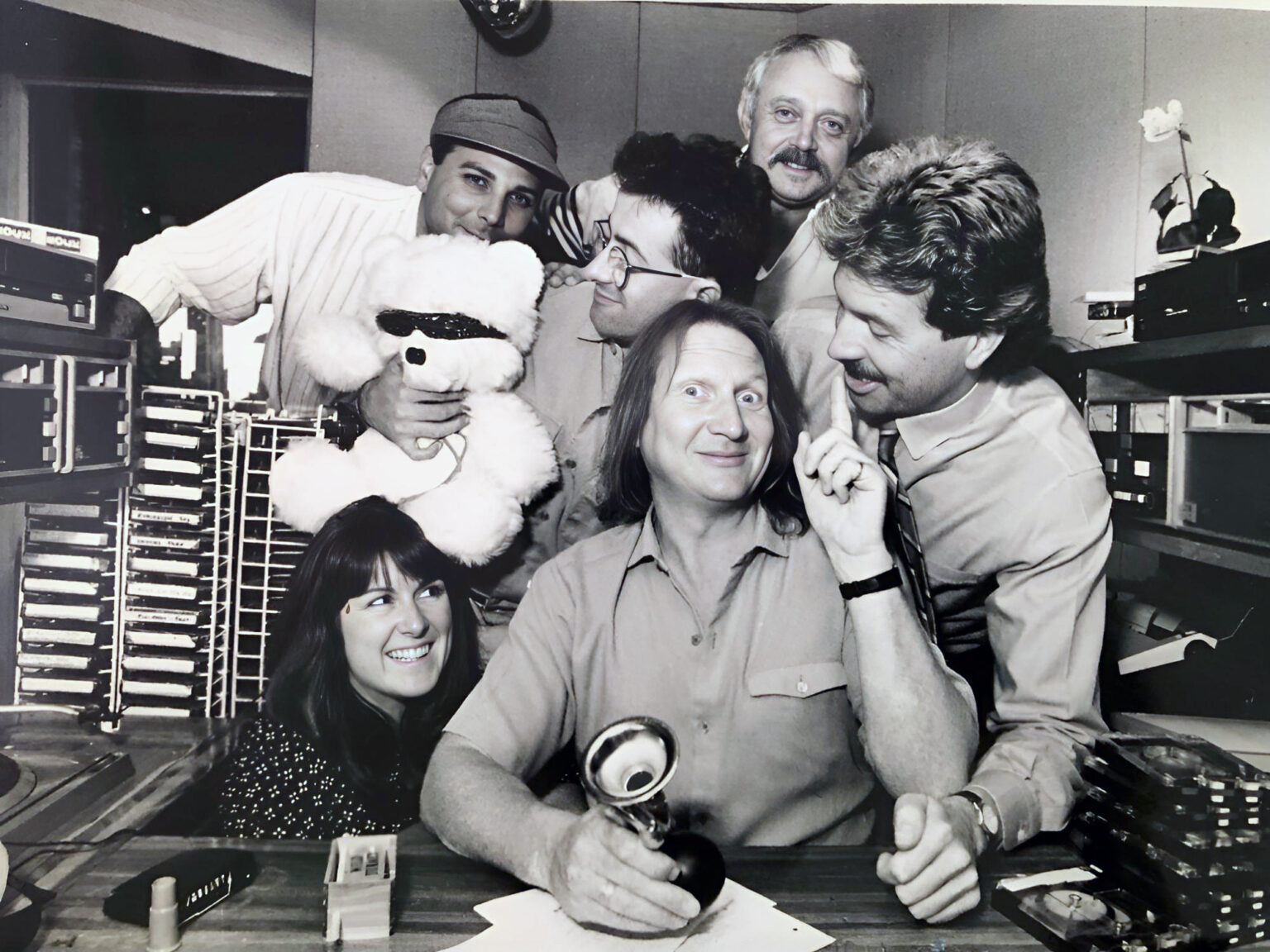
Subscribe to CX E-News
(Pic: Dave White (R) with Doug Mulray (Centre) and the Triple M Breakfast Show crew)
Dave White’s Journey to the Stars
In my search for the 2SM radio announcer who gave the Ted Mulry Gang their name, legendary breakfast announcer Ian MacRae slipped me the phone number of former DJ and 2SM Program Director, Dave White. Dave couldn’t confirm who the mystery DJ was; however, after chatting with him for a short time, I was transported to another world, where I learned about his amazing journey, which led him to interview and hobnob with some of the biggest stars and celebrities in the world.
When Dave White arrived at 2SM in 1969, change was in the air. Former DJ and 2SM Good Guy, Rod Muir, was the newly appointed Program Director, and he’d thrown down the gauntlet to Sydney’s highest-rating music station, 2UW.
“Rod Muir came in with the ‘more music’ format and the second wave of Good Guys. He put me on the midnight-to-dawn shift for my first gig with 2SM. It was quite intimidating. Rod sucks the oxygen out of any room he walks into, and there he was with his cowboy boots on and his feet up on the table, watching me through the glass window from the other studio.”
“Then Macca (Ian MacRae) would come in and take over for the breakfast shift. Once radio is in your blood and you’ve finished your shift, you’re on a high. So you listen to the next shift, particularly a guy like Ian MacRae, who was a very funny man. Eventually, the second wave of Good Guys took 2SM to the number one rating spot,” said White.
Dave White went on to become 2SM’s Program Director, and he also worked for Digamae, which was a radio consultancy company conceived by Rod Muir. White ran the concert division, which dealt with concert promotions throughout Australia. A flow of high-profile interviews followed.
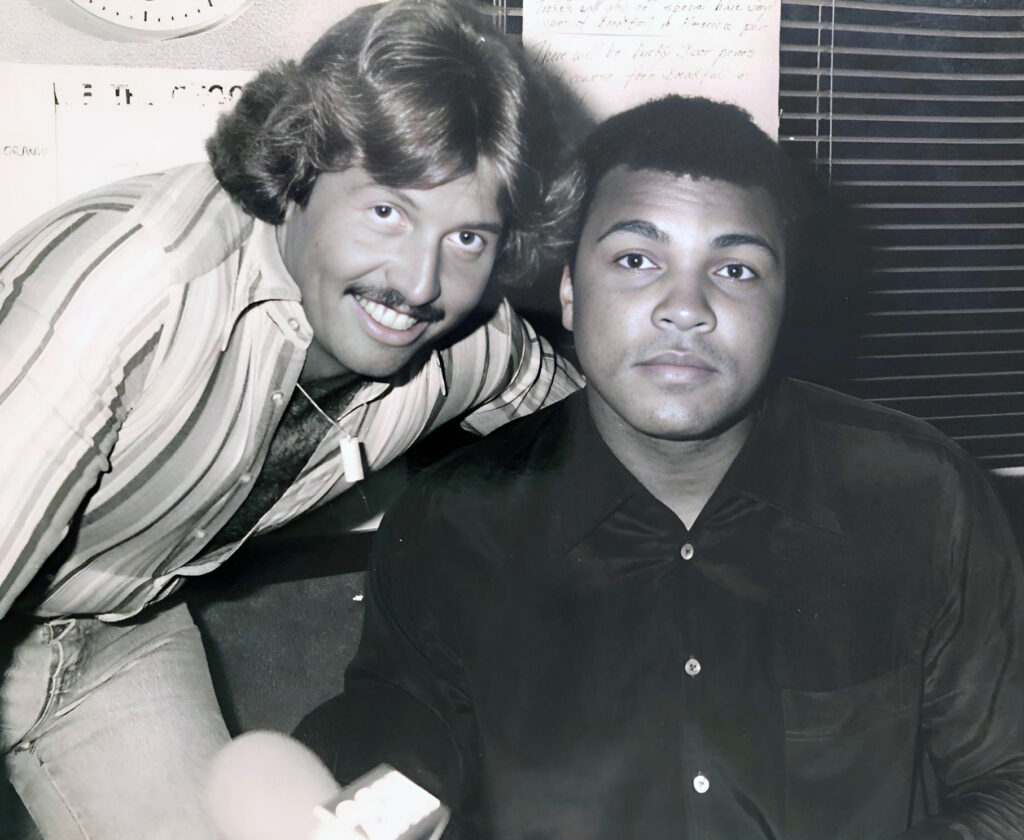
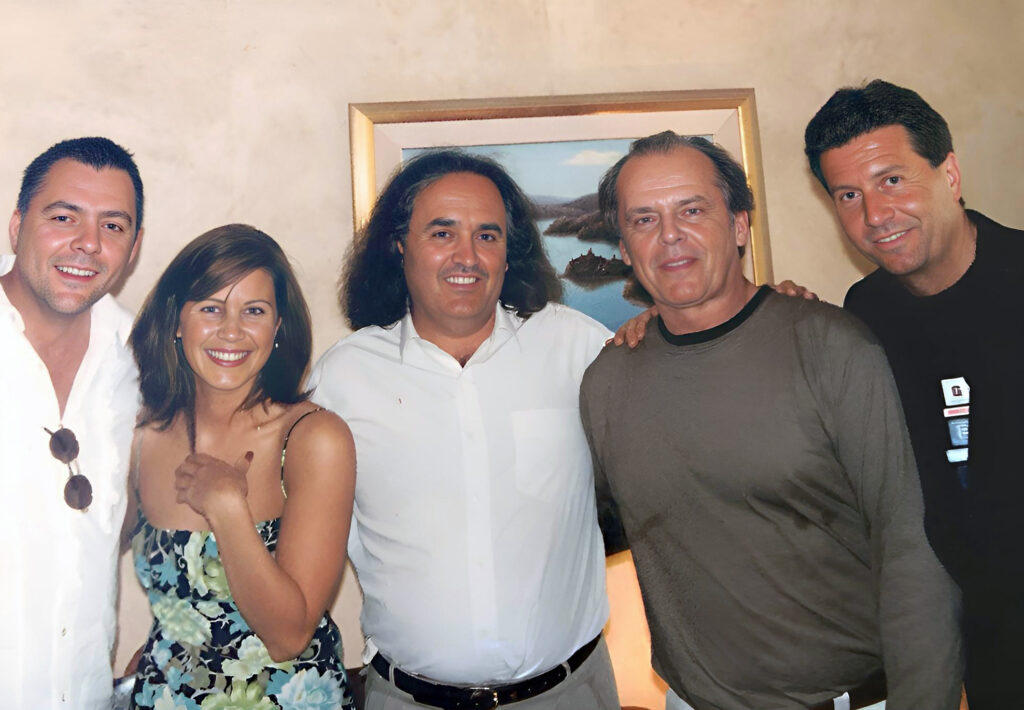
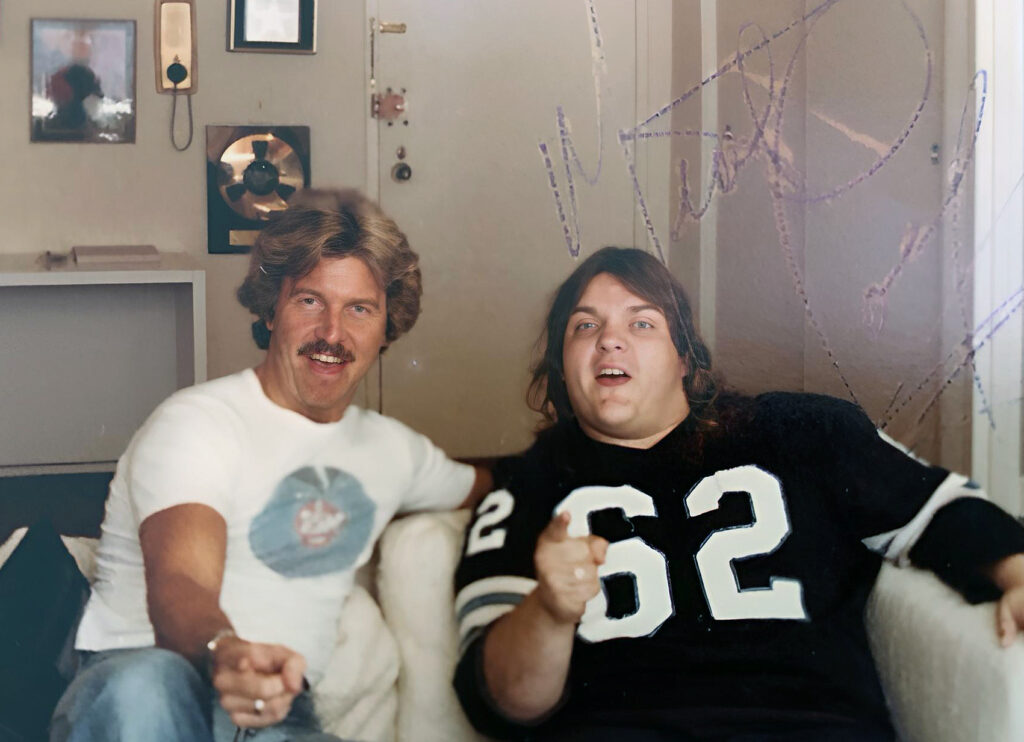
“I loved the interviewing side, which led me from rock stars to documentaries, to specials about the Middle East, to the environment, and into politics. It was a springboard from one form of interview to another.”
“When Alice Cooper toured Australia, we flew to Perth to do an interview. He was an amazing guy; I walked into his hotel room and the entire wall was stacked with Budweiser beer, and he insisted we drink a couple before doing the interview,” said White.
During the 1970s, Muhammad Ali enjoyed the same star status as rock stars and movie stars, and Dave White conceived a plan to interview the world heavyweight champion.
“At the time, he (Ali) was going to fight the ‘Thrilla in Manila’ (1975: Ali vs. Frazier III), and I thought it would be great to get an interview.
I thought I’d try a different approach, get his opinion on his meeting with The Beatles, and skew towards the likes of the music audiences. I called his hotel and asked for Angelo Dundee, and he picked up the phone. I said, ‘I’m calling from Sydney; we know you’re up there for the big fight, but I want to talk to Muhammed about what he loves in music and about his meeting with The Beatles.’ Dundee called Muhammed Ali to the phone, and it blew me away. He was an absolute gentleman. We talked at length about The Beatles, about his love of Motown, and soul, and it was just enormous. That interview was played back on 2SM interspersed with the music that Ali had talked about,” said White.
Dave White was known to use other innovative tactics to get high-profile interviews. When Rod Stewart and The Faces toured Australia in 1974, knowing Stewart’s passion for beer and soccer, White prepared a wheelbarrow filled with beer and soccer balls, which he wheeled into Stewart’s radio press conference. “We walked into the press conference, and he (Stewart) looked across and said, ‘I’ve got to talk to these guys.’”
The list of stars that Dave White interviewed during the 1970s reads like a celebrity who’s who. He flew around the world to interview both rock ‘n’ roll and cinematic stars including Barbara Streisand, Nick Nolte, and Anthony Quinn. And some twenty years later, as the news anchor on the 2Day FM morning show with Wendy Harmer and Peter Moon, he would be firing questions at Jack Nicholson. Here, White does his impression of Jack Nicholson’s opening comment to the team. “They tell me you’re the crazy guys.”
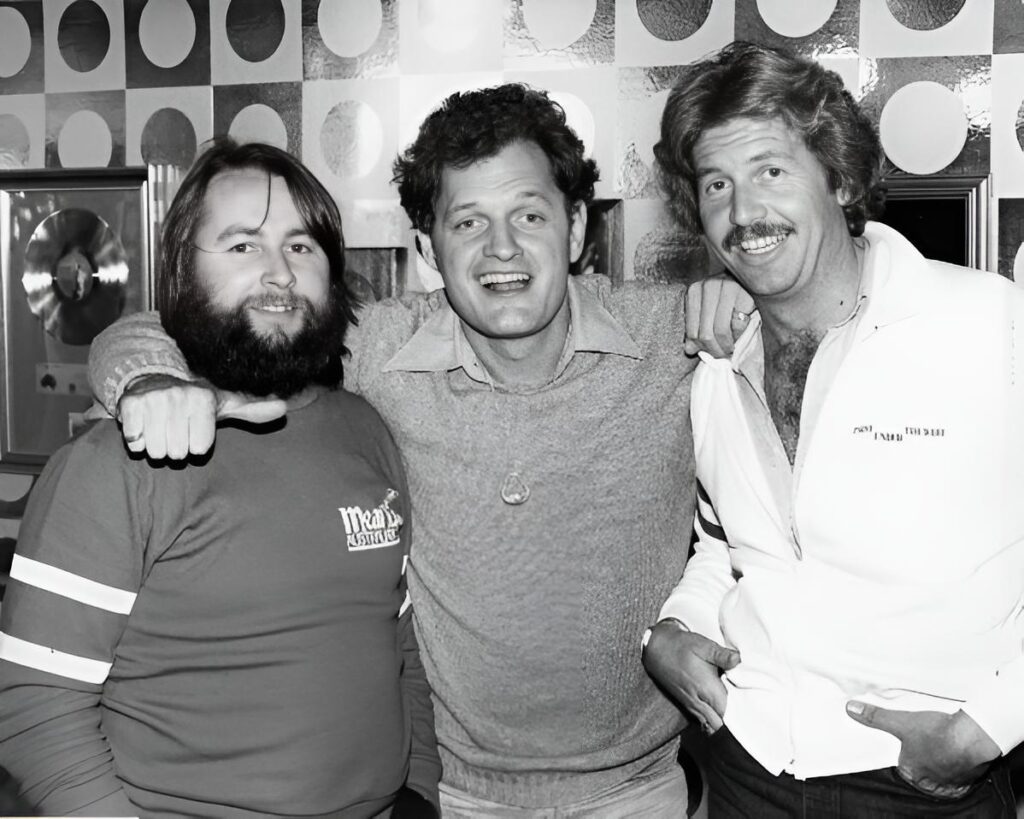
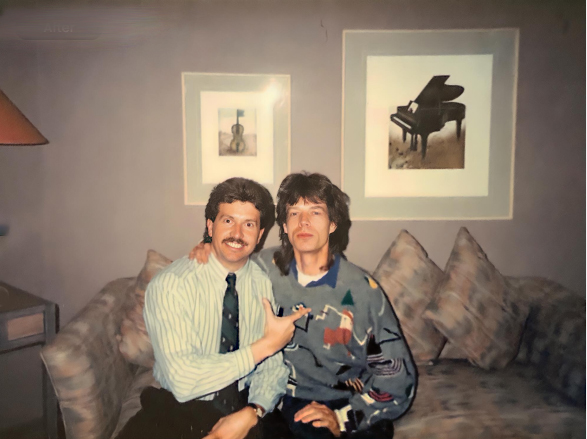
Other rock ‘n’ roll superstars that White met and interviewed included Bruce Springsteen, The Rolling Stones, John Lennon, George Harrison, Led Zeppelin, Elton John, Harry Chapin, David Crosby, Lou Reed, The Doobie Brothers, Fleetwood Mac, Steve Miller, 10CC, Grace Slick, Eddie Money, The Moody Blues, and Meatloaf.
“Barry Chapman and I were in New York (1977), and there was a totally unknown band called Meatloaf. Sony Music, or CBS, as it was known then, said, ‘Do you want to go out and see this guy on Long Island?’ They got us a limo and we went out there and saw Meatloaf perform, and it blew us out the back door. It was one of the most amazing concerts I have ever seen. It was at the time when the Bat Out Of Hell album was ready to go, and you could just hear that the songs were hits. So, we formed a great relationship with Jim Steinman (songwriter on Bat Out Of Hell) and Meatloaf, and we broke the band in Australia, which was the first market in the world to break Meatloaf globally,” said White.
White also toured with the Rolling Stones. “I met Mick Jagger on a number of occasions. We toured with the Stones; we spent a lot of time with them; they were incredible guys, and we had amazing access to them.”
In the early 80s, White left 2SM to join FM radio station Triple M, where he initially worked the drive- time shift. Here, he reconnected with Rod Muir, who was the Executive Director, and he connected with Doug Mulray, whose breakfast program was dominating the airwaves.
“Wherever Doug was, he was the centre of attention; he was incredibly witty, and he would take over the room.” But White felt that the news on Triple M didn’t complement the contemporary style of music or comedy that radiated out of the station. “It almost felt like the ABC,” he said. Eventually, Triple M appointed Dave White as the newsreader for the breakfast show with Doug Mulray. “It was a more conversational style of news. Mulray loved it, and from that point on, it changed the direction of news on the station,” said White.
It was Mulray who gave Dave White his nickname, The Mighty Whitey, and the synergy of the new style of news and Uncle Doug’s zany breakfast show blended like Arabica coffee, albeit with Mulray’s comedic interjections during news broadcasts. “I never knew what was coming, and you’d just let it fly and hold onto that kite as long as you could.”
Mulray’s pranks weren’t restricted to the confines of the Triple M on-air studios. In 1987, Dave White hosted a Channel Ten music show called Nightshift. “Mulray actually came in at one stage and sawed the desk in half; he was always trying to be outrageous,” said White.
Eventually, Triple M topped the ratings as the number-one Sydney radio station. “The first time we hit number one at Triple M, Rod Muir went out, and as the story goes, bought up all the champagne in Bondi Junction. He then opened up the boardroom and announced, ‘It’s in there; we’re number one. Come in and get some.’”
Dave White had now worked for two of the top-ranked stations in their heyday, 2SM and Triple M.
“You can compare different eras, different comedy styles, cultures, everything. Macca (Ian MacRae, 2SM) was brilliant at the time, and then, with the introduction of FM, Mulray came along and made it hilarious; I used to work with him every morning as the news presenter. Anyone who can make you laugh at 3:30 in the morning has got to be a bit of a genius, as fars I’m concerned. Mulray pushed the envelope and did some incredibly risqué things. There was none of this cancel culture: ‘I’m offended by everything you say routine.’ People were open to what Macca and ‘Mullos’ were pushing, and it worked,” said White.
Reflecting on Dave White’s career in radio announcing, program directing, news anchoring, and celebrity interviews, I asked him if there was a standout event in his career. He nominated his journey with Led Zeppelin in their Starship, which was a former United Airlines Boeing 720 passenger jet that flew him and Barry Chapman, along with the band and their entourage, to Zeppelin’s 1977 concert in Baltimore.
“When we initially went to the Plaza Hotel (New York), we were having a drink at the bar, and Robert Plant was across the other side. We’d met Led Zeppelin in Sydney at 2SM Studios in 1971, and we’d gotten along pretty well. Robert Plant has a great memory; he looked across at me, and we waved, and he invited us to come across and join them. We started talking, and Peter Grant, the manager, said, ‘Well, if you’re doing interviews, you’ve really got to come and see the band play.’”
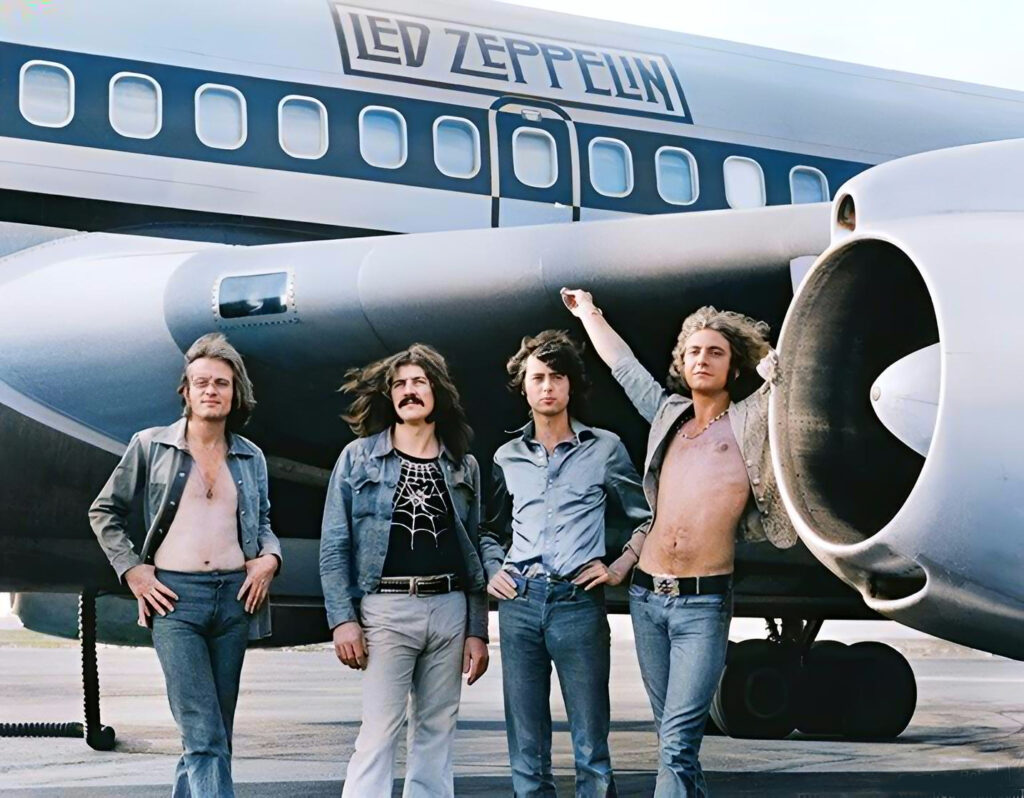
White and Chapman were told to be out in front of the Plaza Hotel that evening. Thousands of Zeppelin fans, held back by NYPD barriers, surrounded the hotel. A long line of black limousines waited for the Zeppelin entourage. Peter Grant bundled them into one of the limousines, where they were seated beside Welsh singer-songwriter Dave Edmonds for the trip to the airport.
“We came around a corner in the limo, and there was this plane with Led Zeppelin painted on it. I had to pinch myself; we both did! Being invited to fly with them to a gig in Baltimore on the Led Zeppelin Starship, being at the gig, and seeing the concert was unbelievable,” said White.
Subscribe
Published monthly since 1991, our famous AV industry magazine is free for download or pay for print. Subscribers also receive CX News, our free weekly email with the latest industry news and jobs.

